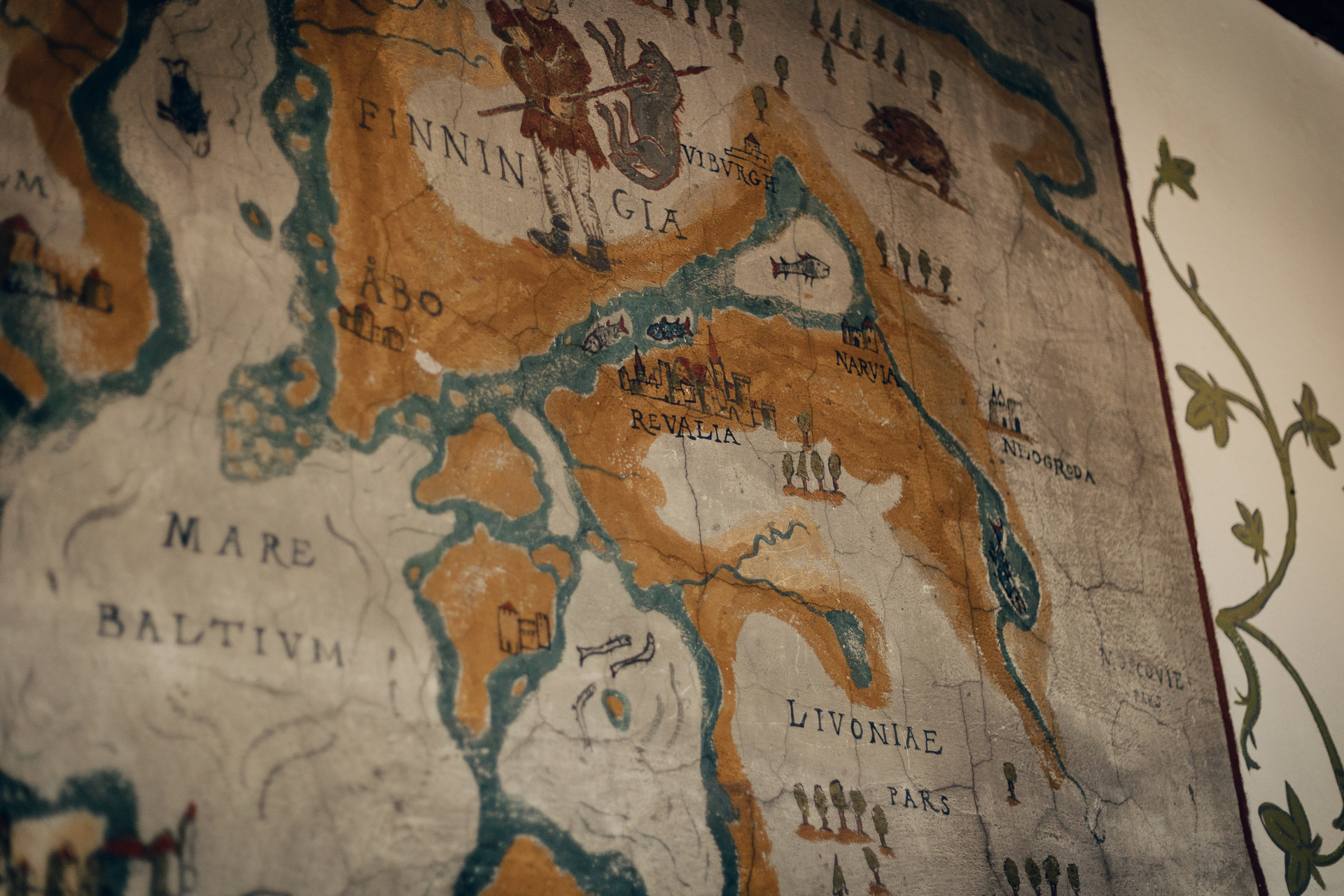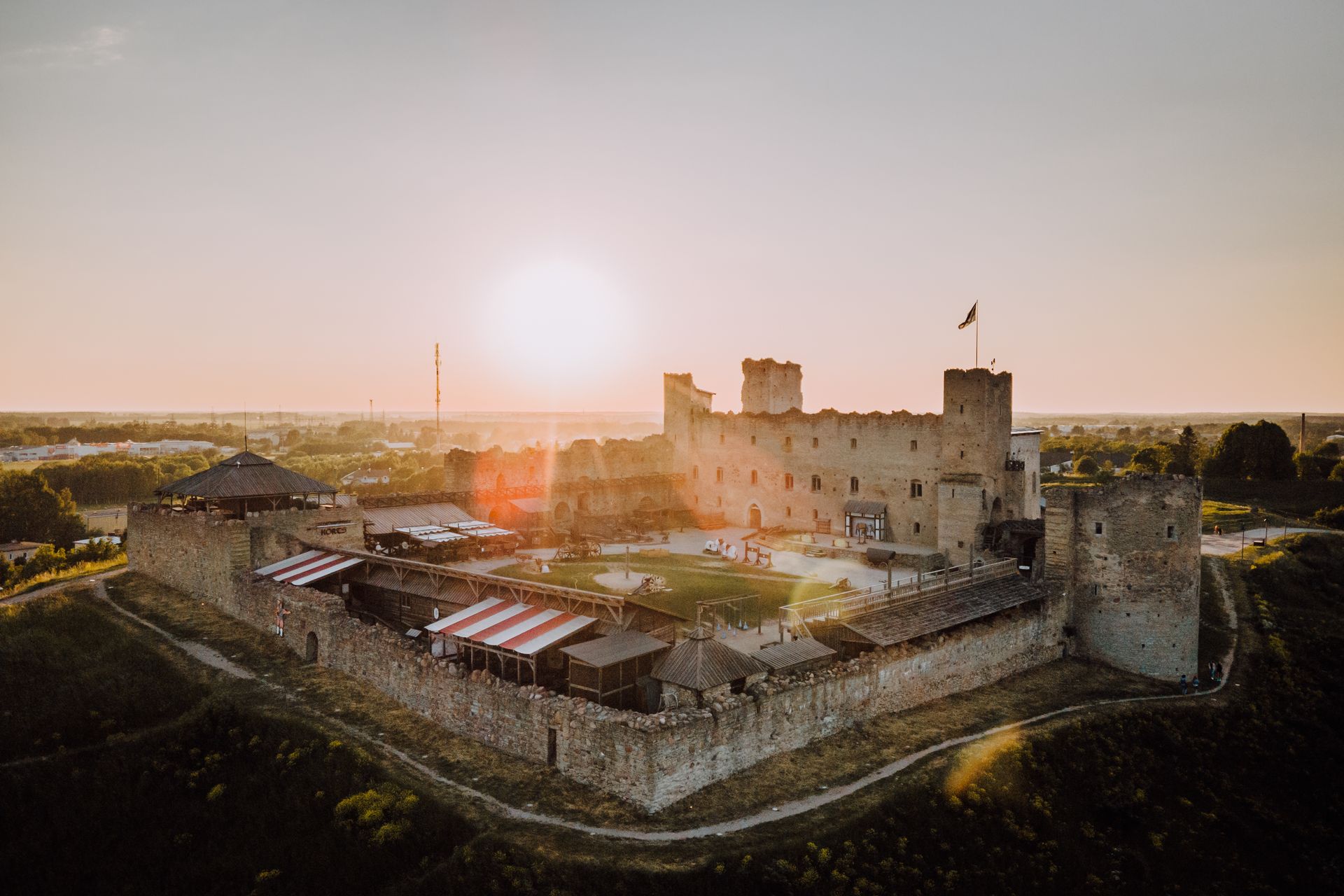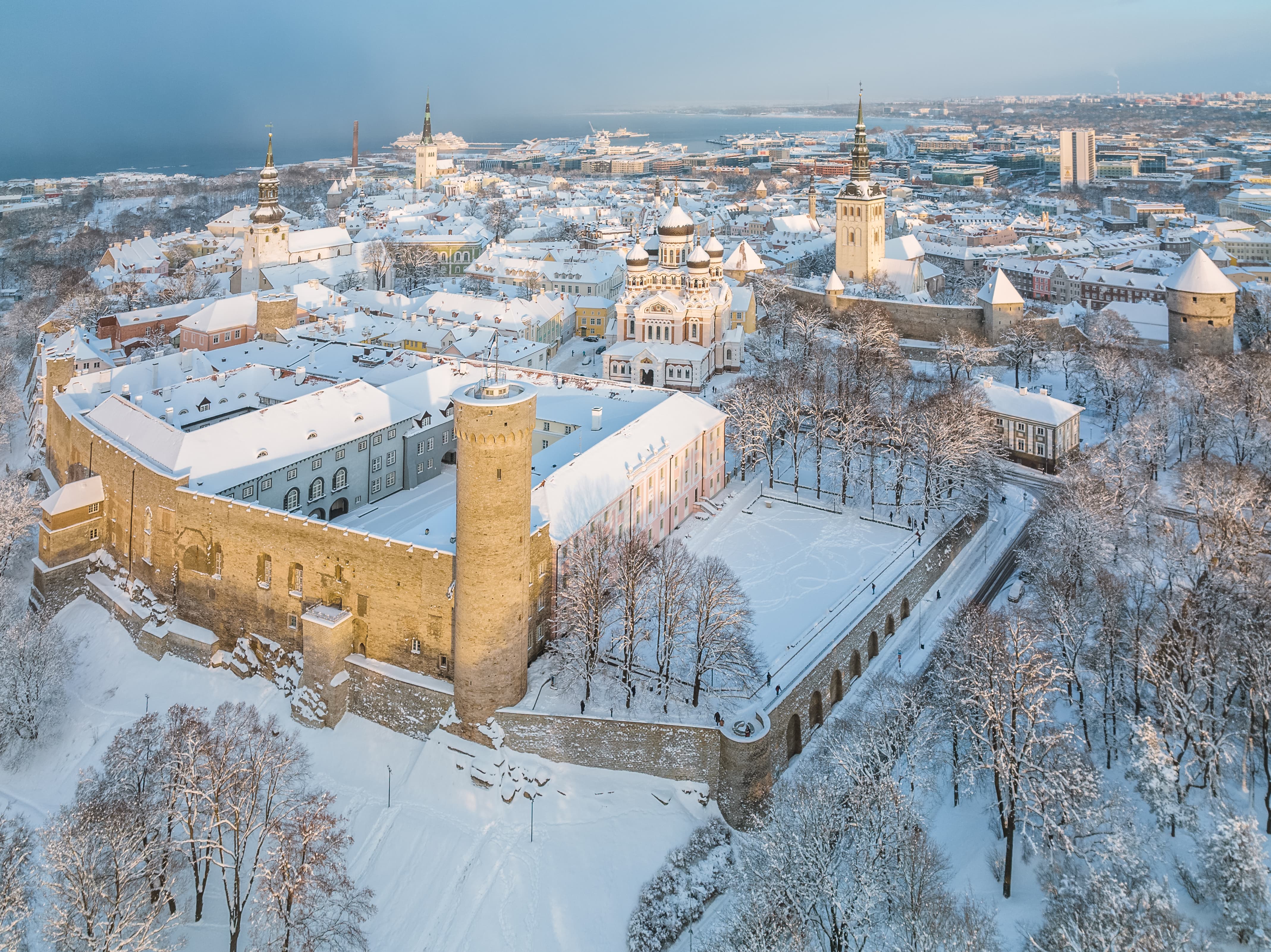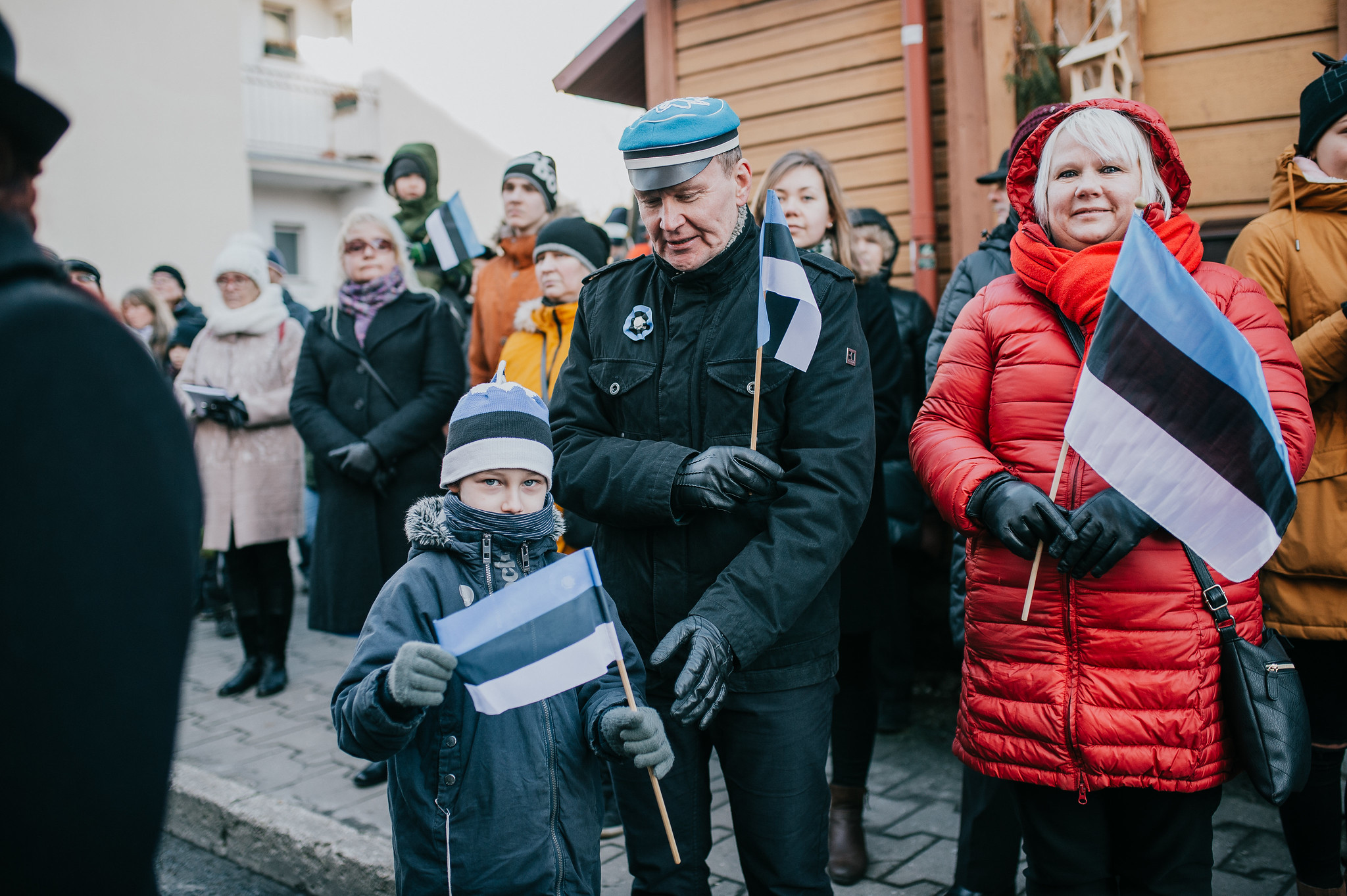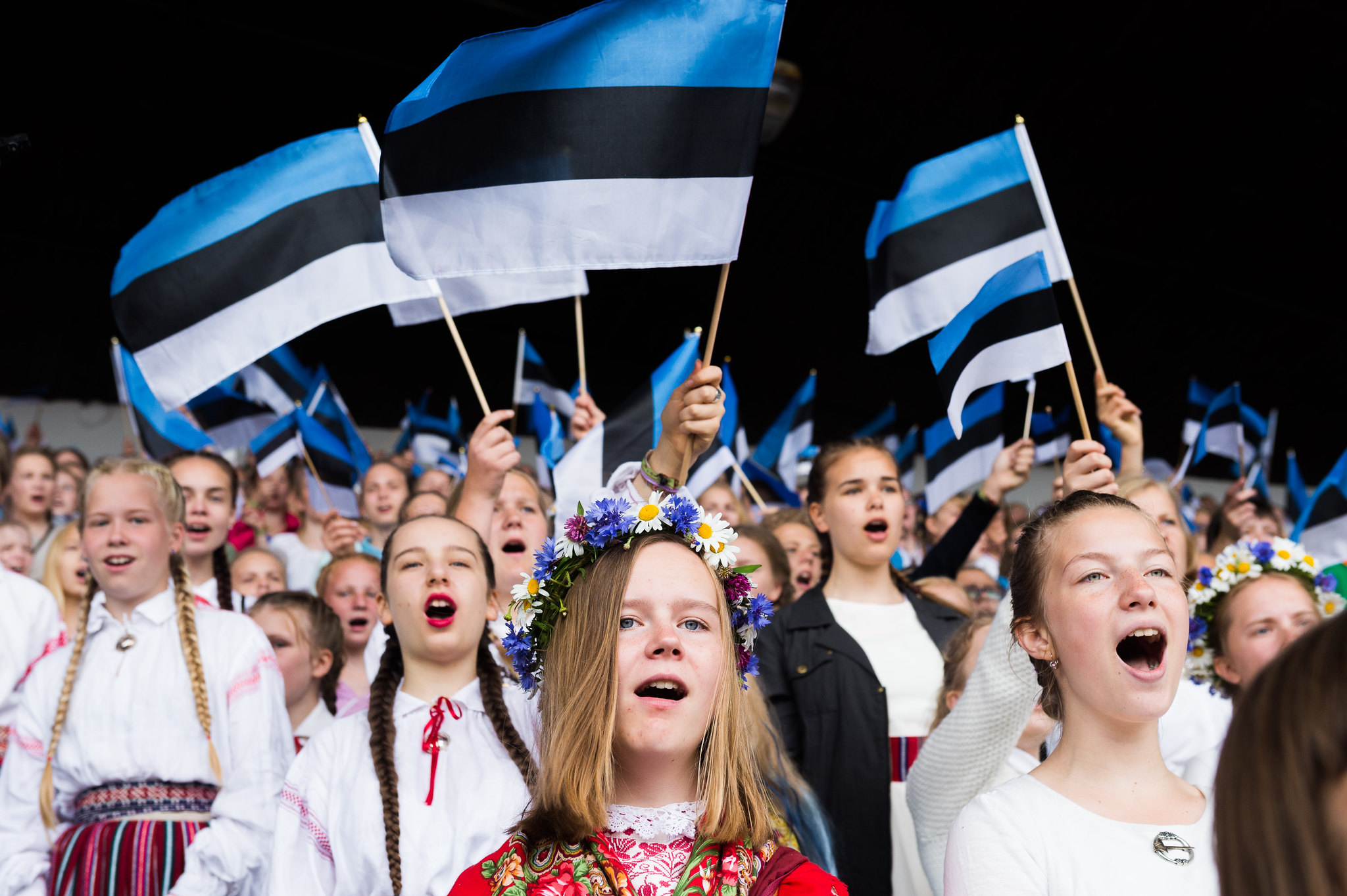
A brief history of Estonia
Estonian history spans a long, complex timeline, from the Stone Age to the digital age, and it's intertwined with the histories of many nations.
The story of Estonia is similar to that of many other European countries.
It began in ancient times, then tells the tale of conquest and defeat, hardships and heroics.
An initial period of independence was followed by several decades of occupation. However, today's Estonia is a thriving, forward-looking member state of the European Union and NATO.
Read on for a brief overview of the last several thousand years, and discover where to go to learn more about the fascinating yet complex story of Estonian history and culture.
Ancient settlements and beliefs
Shortly after the end of the Ice Age in Europe, around 9000 B.C., the first ancestors of the Estonians settled along the Baltic coast.
By 800 A.D., traditional Estonian villages and village society had already formed. Many villages established in this era are still inhabited today.
The most striking example of the culture of ancient Estonians is the aural tradition of folk song, where each line is repeated several times with thematic variations. Today, you can explore the remnants of this culture on the island of Kihnu and in the Setomaa border region of southern Estonia. Estonians have one of the biggest collections of folk songs in the world, with written records of about 133,000 folk songs.
Nature spirituality is equally and deeply embedded in the cultural history of the Estonian people, in which trees and the earth are cherished objects that possess power. Forests have always been a source of life in this region, and they were believed to be sacred places in Estonia's ancient pagan religion. Even today, you can still find sacred groves and old oak trees with colorful ribbons tied to their branches where people have gone to wish for good luck.
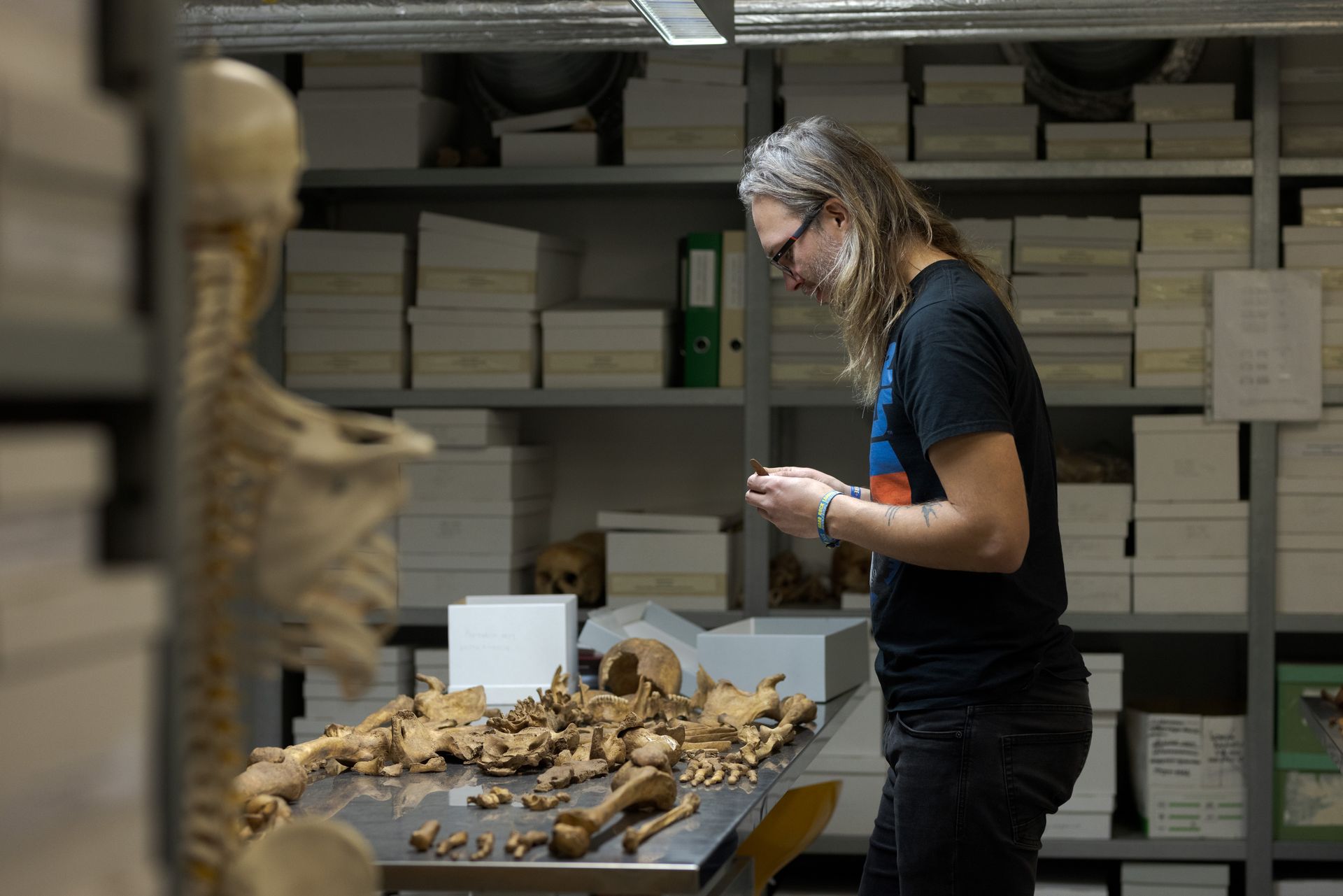
Photo author: Renee Altrov
Learn more about Estonia's ancient history
Estonia and the Viking Age
The Salme ships
Between 700 and 750 AD, two ships from Central Sweden arrived on the southwestern shore of Saaremaa, Estonia, where the crew clashed with local islanders — at least 42 of the sailors were killed. The survivors buried the dead in their ships with weapons, animals, and personal items for the afterlife, then covered the boats with sand. Over time, the site was forgotten until it was rediscovered in 2008 during utility work.
These vessels, known as the Salme ships, predate the official start of the Viking Age by 50–100 years, showing that Scandinavian warriors were active in the Baltic region earlier than previously believed. The graves reflect typical Viking burial practices and include high-status items, suggesting the possible presence of nobility. Though it's unclear whether the mission was a raid or a diplomatic journey, the site offers valuable insights into early Scandinavian maritime activity.
Estonian Vikings
From 800 to 1200 A.D., there were Viking raids around the Baltic Sea. By this time, the inhabitants of Saaremaa, known at the time as Oeselians, had formed a considerable naval force.
The most famous event of the time was when Oeselians kidnapped the Norwegian Queen Astrid and her son, the future King Olaf Tryggvason. At the beginning of the 12th century, they sacked and destroyed Sigtuna, then the capital of Sweden. Even today, Saaremaa is rich in Viking-age treasures.
Experience Estonia's Viking history
Estonia in the Middle Ages
By the 13th century, Estonia was confronted by, and subsequently converted to, Christianity and ruled by Teutonic Order knights and the Danes. During this time, the Germans became the region's landed gentry and wielded huge influence over Estonia for the next 700 years. The territories known as Estonia and Latvia then became Medieval Livonia, a loosely connected group of small states included in the German ecclesiastical states of the Holy Roman Empire.
The Hanseatic League
Tallinn, Estonia's medieval gem, was granted Lübeck city rights by the Danish king in 1248, under which Estonia's capital and many other local towns were governed until the end of the 19th century. This was the time when Estonia's main towns, Tallinn, Tartu, Pärnu and Viljandi, became official members of the prosperous Hanseatic League, a commercial and defensive confederation of merchant guilds and their market towns. These towns dominated the Baltic maritime trade in Northern Europe. You can still take a walk in Tallinn's Old Town and look up to see what used to be salt, tea, and flour warehouses equipped with attic doors and hooks that were once used to pull up cargo.
The country's thriving medieval economy caught the attention of neighboring kingdoms looking to expand their geographical influence, and by the 18th century, Estonia had been governed by the kings of Denmark and Sweden and the Russian tsar.
This time also saw the founding of the University of Tartu by the Swedish king, Gustav II Adolf, an institution that later played an important part in Estonia's national awakening, as here is where the blue, black, and white tricolor flag was consecrated, becoming the official flag of the independent Republic of Estonia in 1918.

Photo author: Hans Markus Antson, Ruins of Vastseliina Episcopal Castle
Discover Estonia's medieval history
Visit interactive museums or participate in an engaging guided tour!
An era marked by turmoil and change
Estonia’s first period of independence lasted only 22 years, from 1918 to 1940.
During World War II, control over Estonia shifted multiple times between Soviet and Nazi German forces. After briefly falling under Nazi occupation from 1941 to 1944, Estonia was reoccupied by the Soviets. Both occupiers committed atrocities: the Nazis deported thousands, including Estonian Jews, to concentration camps, while the Soviets sent tens of thousands of Estonians to Siberia. Most of the Baltic Germans and the remaining Coastal Swedish minority left the country by 1944, when the Soviets reoccupied the country.
The Soviet regime instilled a reign of fear and resettled a significant number of Russians in Estonia. Russian became the official language, and many expressions of Estonian culture were banned. People had no freedom of movement, and many lived in constant fear of arrest or deportation. The Soviet era also saw the construction of the ubiquitous five- to nine-story panel housing blocks that are still standing in many towns and cities today.

Photo author: Kaupo Kalda, Visit Tallinn
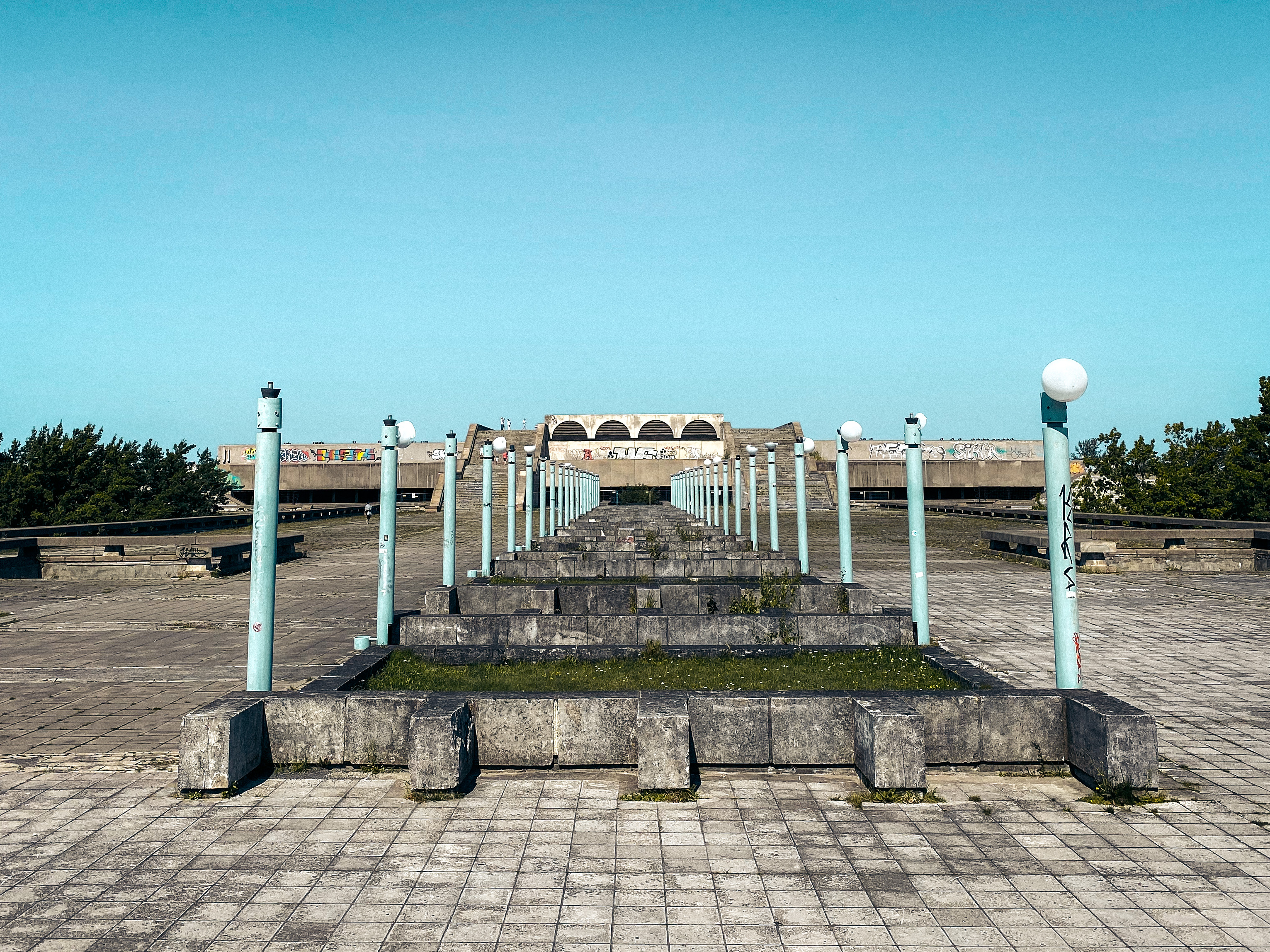
The rebirth of Estonia
However, by the 1980s, resistance began to grow. Political parties reemerged, protests spread, and in 1988, the Singing Revolution began with public demonstrations where Estonians sang their national songs as acts of defiance. This movement culminated in the Declaration of Sovereignty.
On August 23, 1989, in a powerful show of unity, people across the Baltics formed the Baltic Way — a human chain that stretched from Tallinn through Riga to Vilnius. On August 20, 1991, Estonia re-declared its independence. The day is now celebrated as the Restoration of Independence Day.
A thriving, digital future
After emerging from decades of occupation and economic hardship, Estonia rapidly transformed itself, earning the nickname "Baltic Tiger" and later, "European Silicon Valley." It joined the European Union in 2004 and adopted the euro in 2011.
As you travel around Estonia, you can see how the past and present overlap, and how the country has preserved its heritage while developing a passion for innovation.
Where to learn more about Estonian history
Check out these top history museums!
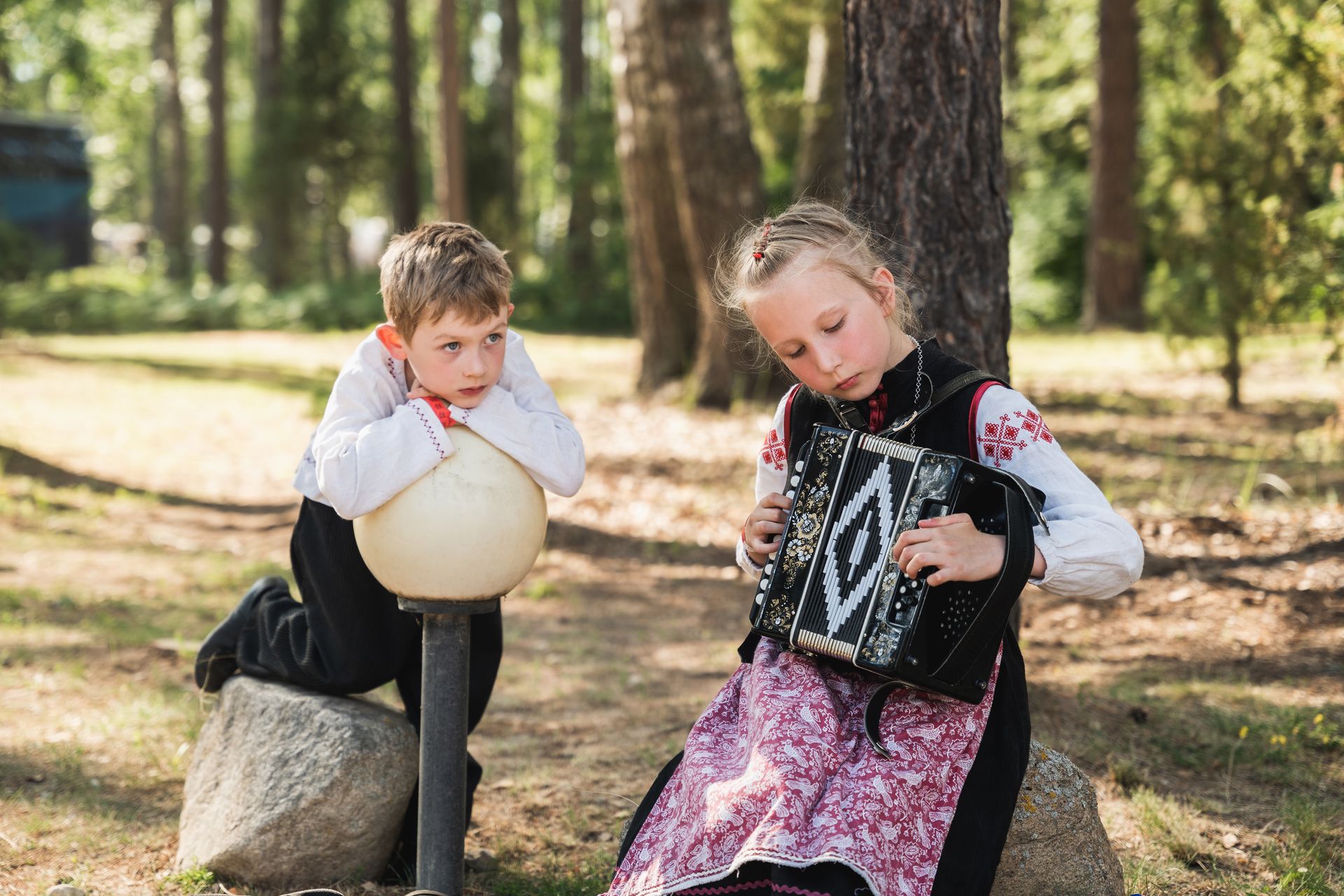
Last updated
04.12.2025
